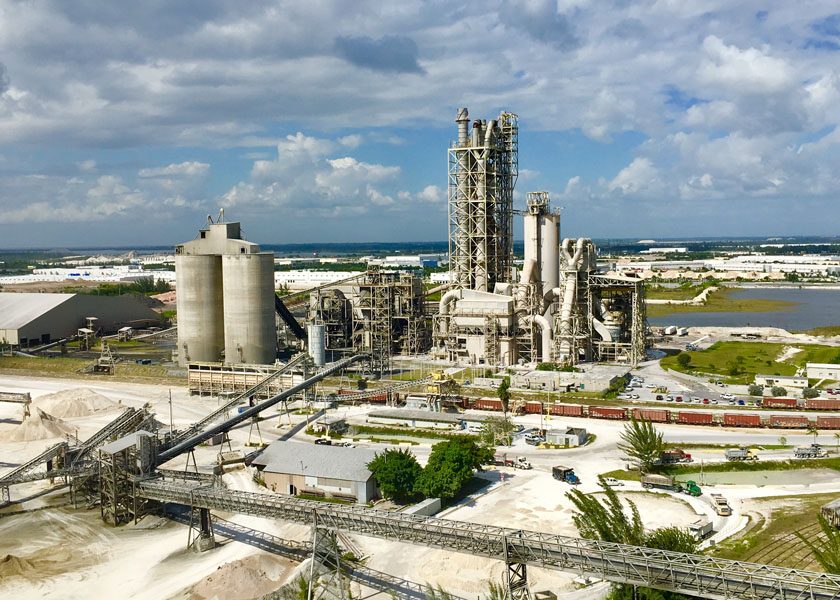Controlled by the Medellín-based conglomerate Grupo Argos, Cementos Argos is concentrating its efforts on the southeastern United States, across an area that extends from Texas to North Carolina. “The Southeast is very attractive,” said José Alberto Vélez, chief executive of Grupo Argos and Cementos Argos chairman. “There is good access to sea transportation. The demographic is young and growing and, economically, Texas is growing more than California.”
In 2011, the company purchased Lafarge’s assets in the Southeast in a deal with an enterprise value of $760 million. With that acquisition, Vélez is hoping to build Argos’s position as a lead player in the region. The company has set its sights particularly on the cities of Atlanta, Dallas, Houston and Little Rock.
“Argos’ purchase of Lafarge assets in southeastern U.S.”, said Jairo Agudelo, analyst at Bancolombia, “complements perfectly their ready mix business [and achieves] a vertical integration that will undoubtedly improve profit margins in the medium term.
“If the U.S. market begins to stabilize, mainly on pricing because sales volumes have improved substantially, this could turn into a significant improvement in margins and results of Cementos Argos USA.”
Latest figures from the U.S. Department of Commerce suggest a broadening recovery in the housing market. The S&P/Case-Shiller home price index, which tracks property values in 20 metropolitan regions across the U.S., rose 12.4 percent in July from the same month in 2012. This followed a 12.1 percent increase in June, and a 12.2 percent jump in the year ended in May, which was the biggest gain since March 2006.
Argos’ exposure to the rebounding U.S. construction market was one argument made by HSBC when it encouraged investors to follow the company last year. “Cementos Argos is an example of how regional players based in emerging markets have taken market shares at the expense of global major players,” wrote HSBC analysts.
Between Argos and Mexico’s Cemex, HSBC believes Argos is better placed to cash in on the recovery of U.S. construction because of its strong position in Virginia and Texas, both of which have seen above average recovery.
Aside from residential and commercial construction, Vélez expects demand for cement to come from government measures to spend $105 billion on road and transport projects over the next two years. “There are lots of opportunities in infrastructure construction in the U.S.,” he noted.



